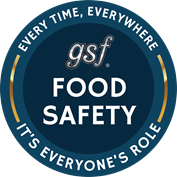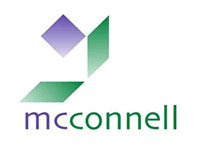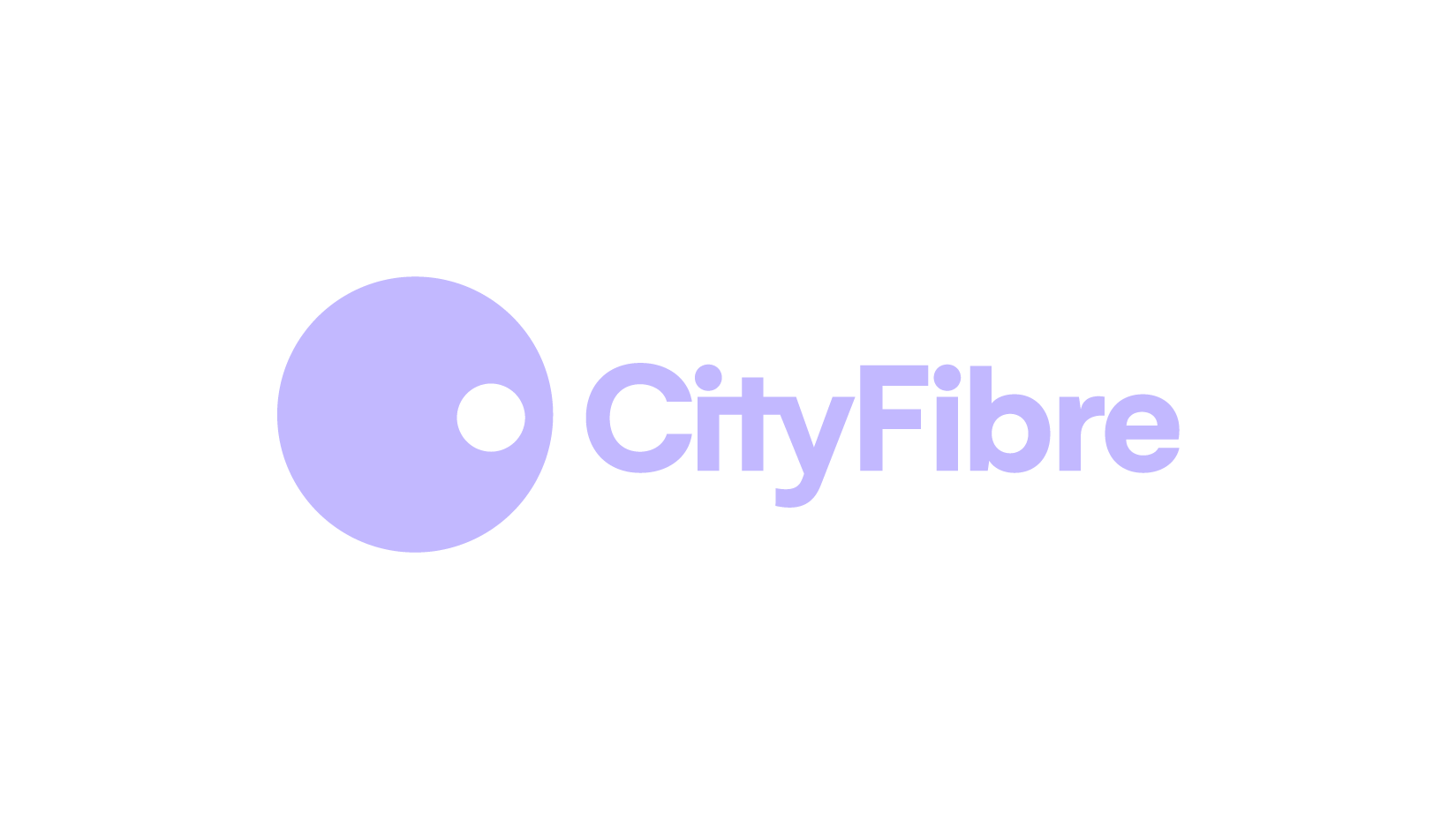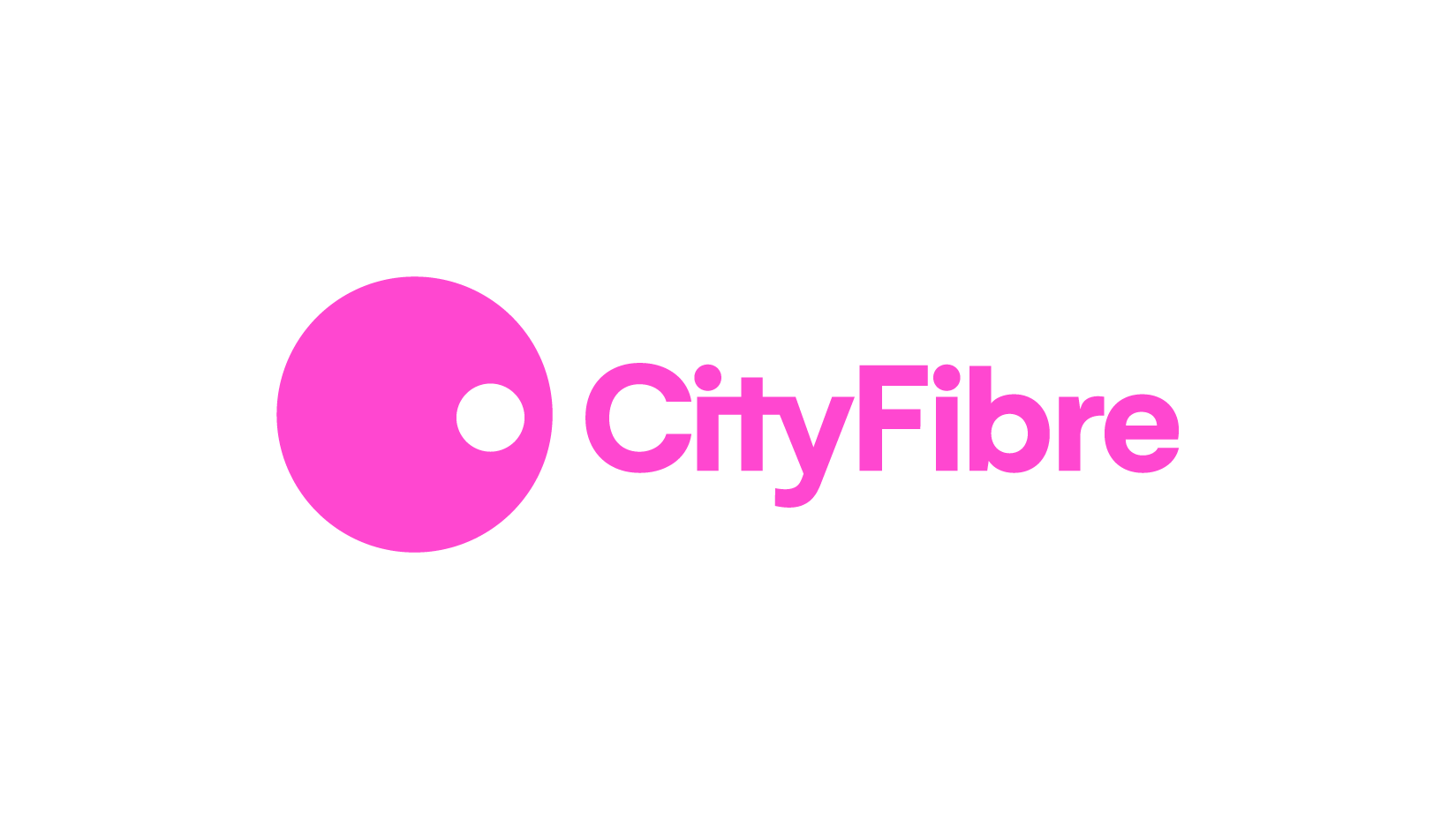Information
-
Document No.
-
Audit Title
-
Client / Site
-
Conducted on
-
Prepared by
-
Location
-
Personnel
Documentation
-
Safety manual on site
-
Sub-Contractors Safety Manual on site
-
Safety meetings held and documented
-
Site audits conducted
-
Construction Signs/Fencing
-
Citations / Warnings issued
-
Doctor's panel posted
-
First aid kit (stocked and ready for use
-
Accident reports & Camera
-
Adequate drinking water and cups
Personal Protective Equipment
-
Hard hats worn at all times
-
Safety glasses worn when necessary
-
Gloves worn when necessary
-
NIOSH approved respirator (s)
-
Respirator worn when required
-
Face shields worn when required
Fire Prevention
-
Metal gas cans are being used
-
Hot Work Permits used when required
-
Adequate Fire extinguishers on-site
Haz-Com
-
MSDS's available to all employees
-
All containers labeled
-
Sub-Ccontractors submitted MSDS
Housekeeping
-
Exterior housekeeping adequate
-
Chemicals handled properly
-
Adequate lighting
-
Interior housekeeping adequate
Material Handling and Storage
-
Building material properly stacked
-
Rigging equipment has approval tags
-
Rigging equipment has been inspected for signs of wear and tear
-
Rigging equipment is being use properly
Tools and Cords
-
Tools grounded or double insulated
-
Power tools equipped with guards being used with guard attached
-
Power cords in good condition free of visiual damage
-
Power Source GFCI protected
-
Temporary power supply stations being inspected
-
Power tools used properly and in good working condition
-
Power tools users trained and/or certified
Frame/Mass scaffolding
-
Competent person supervising for installation / dismantling
-
Scaffolds inspected daily and documented
-
proper access (ladders) provided and maintained
-
Rolling/Baker Scaffolds- casters locked and Guardrails in place
-
Work platform properly planked
-
Guardrails used above 10 feet
-
Employees trained on scaffold safety
-
Maximum 14" from building face is maintained
-
Bracing and footings are adequate
Fall Protection
-
Site specific Fall Protection plan on site
-
Employees trained on fall hazards
-
CAZ clearly marked at entry point
-
Guardrail systems adequate
-
All floor and roof holes covered & secured
-
Safety monitors identified
-
Employees are properly tied-off
-
Superintendent trained as a Competent Person (Fall Protection)
Steel Erection
-
Workers provided proper fall protection
-
All beams, joists, decking secured
-
Concrete has attained proper strength
-
Welding being performed per OSHA
-
Decking not overloaded with material
-
Steel workers have proper access
Excavation & Trenching
-
Trenches properly sloped or shored
-
Material spoils are at least 2` from trench
-
Excavation protected and clearly marked
-
Daily inspections completed by competent person
-
Access & Egress provided at least every 25`
Mechanical Equipment
-
Employee trained and documentation is on person/on site
-
Equipment being inspected
-
Equipment being used properly
-
Seat-belt being worn
-
Workers secured properly
Crane
-
Outriggers and cribbing in place
-
Swing radius and lift zone properly flagged
-
Safety zone (Power Line) are adequate
-
Cranes set-up level
-
Proper communications has been established and agreed upon
-
Inspections/documentation is on file
Stairways and Ladders
-
Job built ladders properly constructed
-
Ladder properly secured
-
All ladders in good condition
-
Ladders used properly
-
Stairways & landings properly guarded
-
Stairways have proper handrails
-
Stairway landings have adequate toeboards
-
Stairways have adequate treads
-
Client's Signatures.
-
R.M.P Risk Manager













